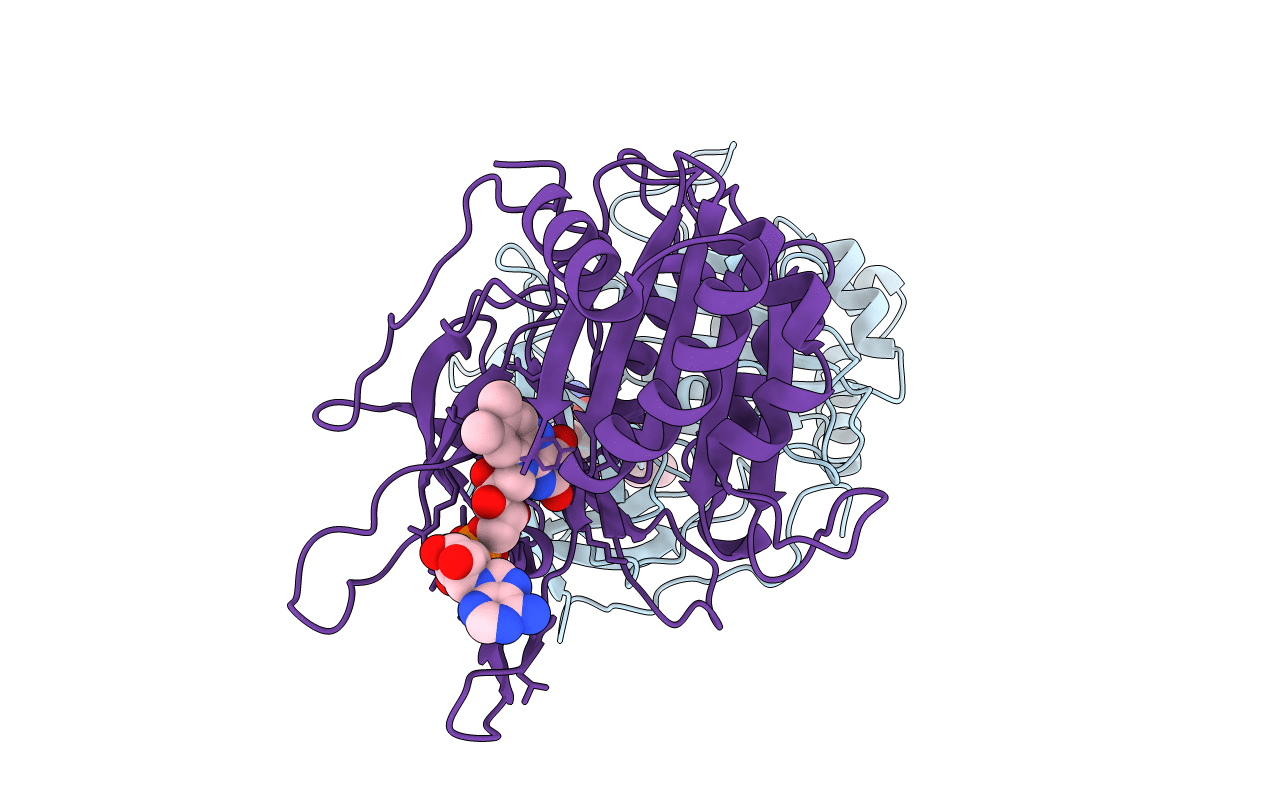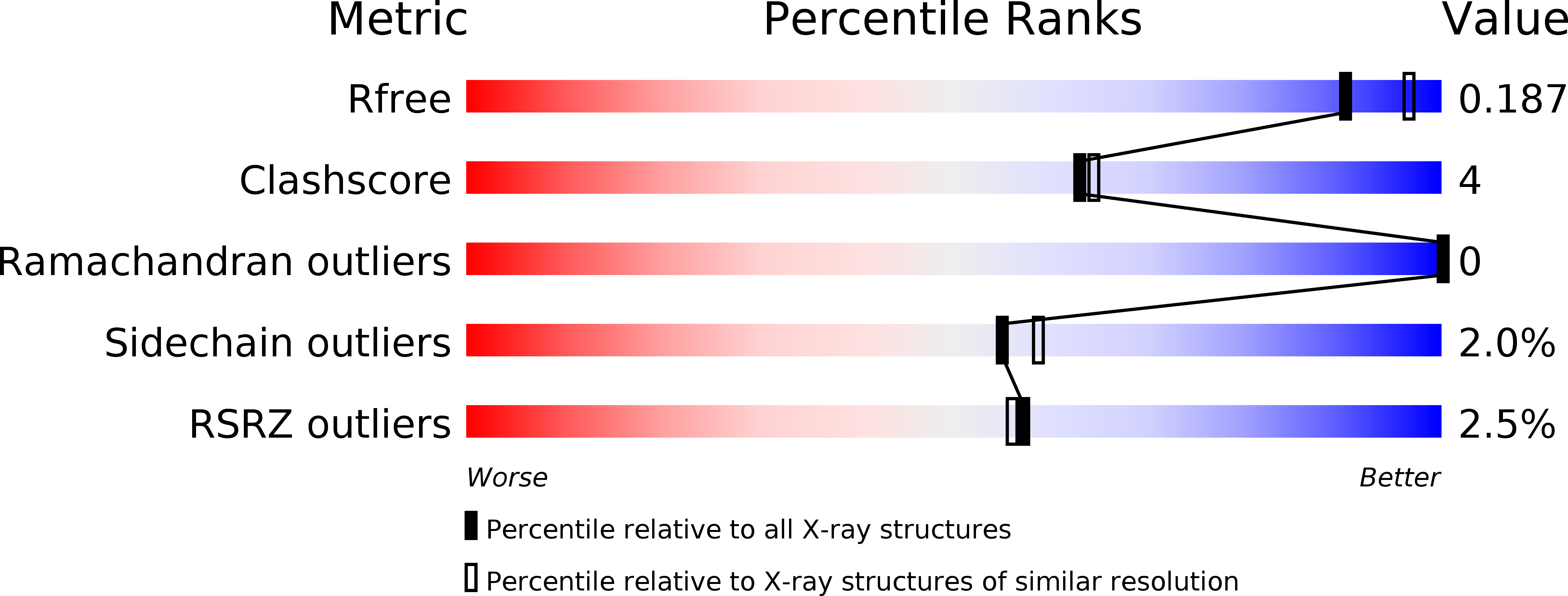
Deposition Date
2012-01-18
Release Date
2012-12-05
Last Version Date
2025-05-21
Entry Detail
PDB ID:
3VO1
Keywords:
Title:
Crystal structure of Zea mays leaf ferredoxin-NADP+ reductase II
Biological Source:
Host Organism:
Method Details:
Experimental Method:
Resolution:
2.00 Å
R-Value Free:
0.22
R-Value Work:
0.19
Space Group:
P 1 21 1


